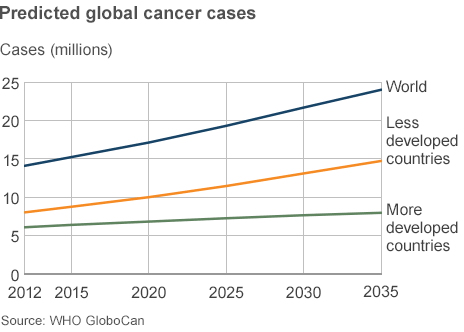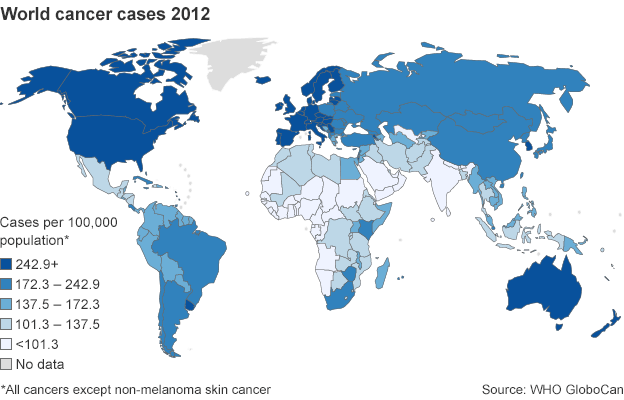While adults make up 95 percent of those who die annually from vaccine preventable diseases, a new study from the University of Colorado School of Medicine shows their vaccination rates remain stubbornly low, representing a growing public health concern.
The study, published recently in the Annals of Internal Medicine, is the first to examine several important aspects of adult vaccination. Every year, 30,000 people on average die of vaccine preventable illnesses, almost all of them adult.
“Our study suggests that missed opportunities for adult vaccination are common because vaccination status is not being assessed at every (physician’s) visit, which is admittedly an ambitious goal,” said Laura Hurley, MD, MPH lead author of the study and an assistant professor of medicine at the CU School of Medicine. “Also, most physicians are not stocking all recommended vaccines.”
Recent estimates show only 62 to 65 percent of adults aged 65 and older received a pneumococcal or influenza vaccine respectively; just 20 percent of high risk adults between 19 and 64 received a pneumococcal vaccine and only 16 percent of those 60 and older got their herpes zoster (shingles) vaccination.
Hurley and her fellow researchers designed a national survey of primary care physicians in collaboration with the Centers for Disease Control and Prevention looking at how doctors assessed vaccination status and stocked the 11 recommended adult vaccines in 2012.
“Physicians reported a variety of barriers to vaccine stocking and administration but financial barriers dominated the list,” the study said. “Physicians in smaller, private practice often assume more risks from stocking expensive vaccine inventories and may be particularly affected by these financial barriers.”
According to Hurley, who also practices at Denver Health, many doctors expressed difficulty getting reimbursed by insurance for vaccines.
For example, the herpes zoster vaccine has been recommended since 2008 but is not widely stocked by physicians. One major reason for this, the study says, is that zoster is covered by Medicare Part D, a pharmaceutical benefit, and physicians report problems with reimbursement. At the same time, the vaccine can require substantial out-of-pocket costs for patients, making it less attractive to them as well.
As a result of these difficulties, many physicians are referring patients to pharmacies or public health facilities for vaccinations. “The most commonly reported reasons for referring patients elsewhere for vaccines included insurance not covering the vaccine,” the study said.
There were also problems coordinating vaccine records when done by someone who is not the patient’s primary care physician. The study makes recommendations for improving the overall situation.
It suggests using Immunization Information Systems or IIS, a confidential database that records all vaccine doses administered by providers in a certain area. The system can allow doctors to know the vaccination status of their patients.
The authors point out that the Affordable Care Act addresses financial barriers to vaccination for privately insured patients by requiring insurers to cover recommended vaccines with no co-pays when delivered by in-network providers. There have also been recommendations for legislative action aimed at making Medicare Part D less of an obstacle to adult vaccinations.
“I feel we need to take a more systematic approach to this issue,” Hurley said. “As the population ages this could easily grow into a more serious public health issue.”
Source: Science Daily








